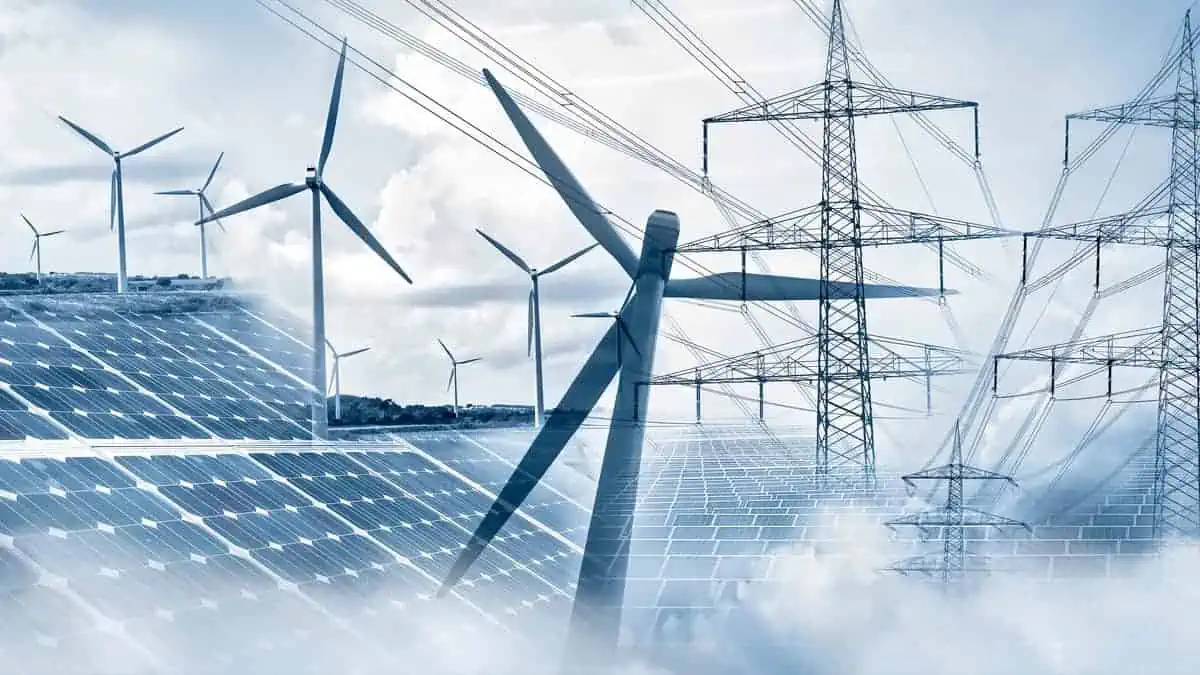Electric vehicles are the kind of automobiles that use electric motors for propulsion. It utilizes electricity storage as an energy source and has zero tailpipe emissions.
Electric vehicles’ electricity comes from the power grid, which generates electricity from various sources. The specific sources of electricity can vary depending on the region and the type of power most prevalent in that area.
How does electricity work in an EV?
Electricity transfers from a battery to a controller. The controller sends the electricity to the electric motors when it’s needed. The accelerator, connected to a variable switch, tells the controller how much power to send to the electric motor. Power output can vary from zero to full as needed.
An electric vehicle recharges by plugging it into the electrical grid.
Below are the three different types of onboard energy storage systems:
● Electrochemical energy. The chemicals are stored, and the reaction of these chemicals produces electricity.
● Static energy. Energy may keep as static electricity due to the build-up of electrons on an object. The build-up of electrons causes an imbalance of charge in the thing, which can release to create an electric current.
● Kinetic energy. Kinetic energy can store in the form of rotational momentum.
The electricity or energy produced and stored can come from burning coal, oil, or gas. Other energy sources for EVs can also be wind turbines and solar panels.
It’s worth noting that even if an area’s grid relies heavily on fossil fuels, EVs can still be more environmentally friendly than gasoline-powered vehicles because they are much more energy efficient. Additionally, as the grid continues to transition to cleaner energy sources, the environmental benefits of EVs will continue to grow.
See Also:
- Can the US grid support 100% Electric Cars?
- Solar & .0.Storage generates power to sustain the grid’s stability
- B2U Storage Solutions Inc offers a second life to EV batteries on the California power grid
- Study: EV batteries alone could meet short-term grid storage demand by 2030
- Hitachi Energy launches wireless grid indicator for wildfire-prevention
In response, the DOE’s Oak Ridge National Laboratory designed a utility-scale solar and storage project that can ultimately sustain electric grid stability. The “MARS” project can apparently power both AC and DC high-voltage lines.






